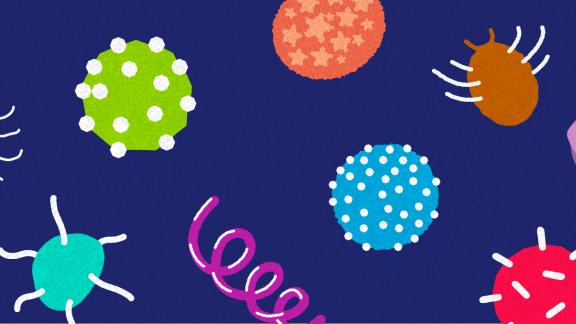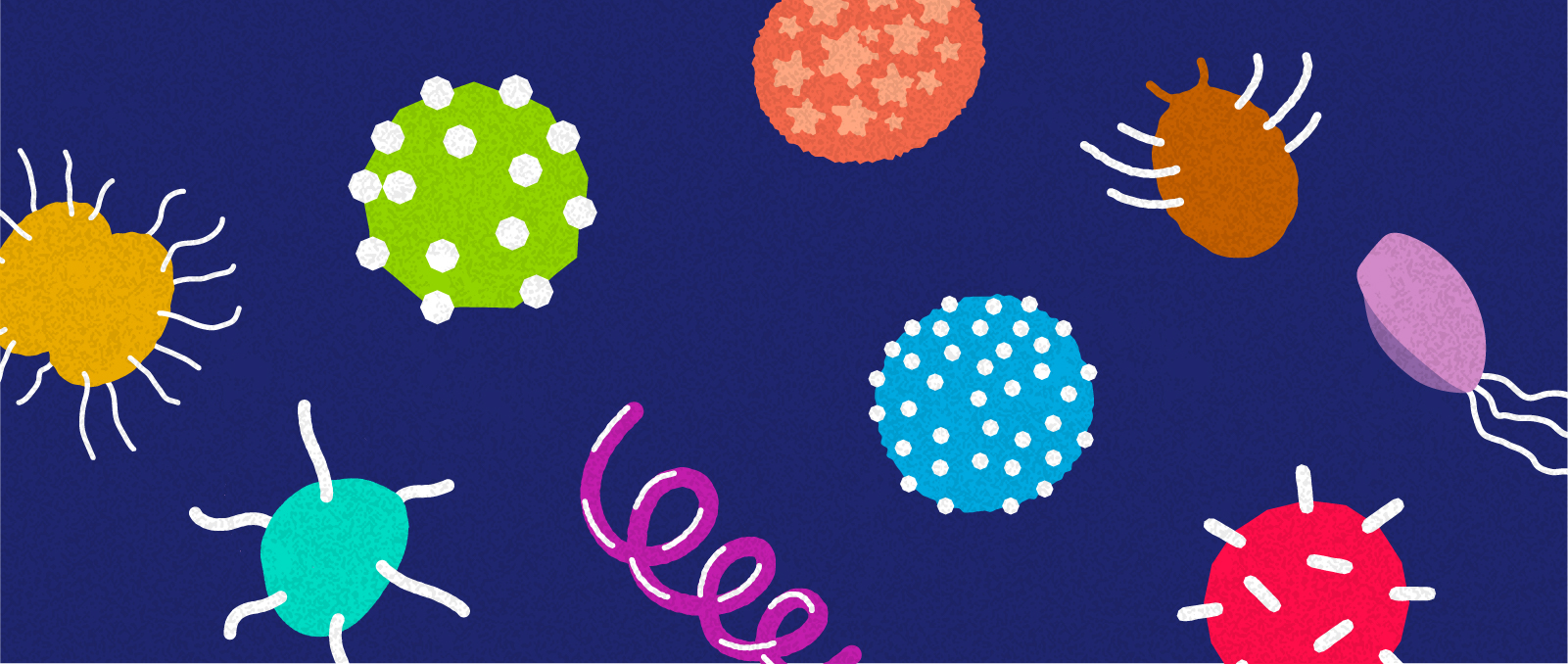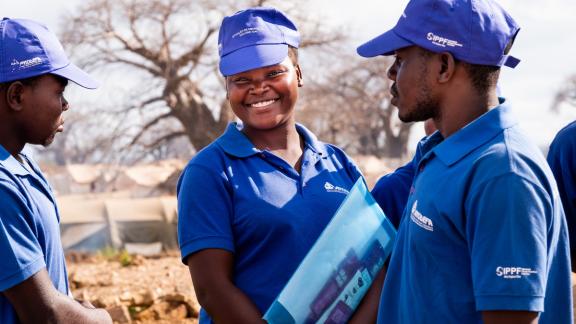Trichomoniasis is a sexually transmitted infection (STI) caused by a tiny parasite called trichomonas vaginalis (TV) and infects the vagina and urethra.
The infection is most often passed on through having vaginal sex without a condom, but also by sharing sex toys without washing or covering with a condom.
You cannot get trichomoniasis through casual contact such hugging or kissing.
Symptoms
Many people with trichomoniasis will not experience any symptoms, and when they do develop, they can be confused with other STIs. Symptoms usually start to appear within a month of coming into contact with the infection.
For people with a vagina, symptoms can include:
- Vaginal itching, swelling, and soreness
- Pain during sex and when peeing
- An unusual discharge which appears a yellow-green in colour
- Itchy inner thighs
For people with a penis, symptoms can include:
- Pain during ejaculation and when peeing
- Thin, white discharge from the penis
- Itchy, swollen, and sore penis
- Needing to pee more frequently
Testing
It can be difficult to diagnose for trichomoniasis as the symptoms are very similar to other STIs.
During an examination a healthcare provider will look for red patches on the walls of the vagina and discharge, swelling, and soreness from the head of the penis.
They may also take a swab from your vagina or penis to test for the infection. This may be a bit uncomfortable but should not be painful. Samples may be tested during your appointment or sent off to a lab; the results can take up to a week to come back. Trichomoniasis can also be tested from the penis by taking a urine sample.
If there is a high chance that you have trichomoniasis (if your partner tested positive), you may be given treatment before your results are back. Even if your partner tested negative you could still be infected and should continue with the test.
Treatment
Trichomoniasis is easily treated with a course of antibiotics – usually metronidazole – over five to seven days. Although metronidazole is very effective it can make you feel sick and you should avoid alcohol, including for up to 48 hours after completing your course.
You should notice improvements quite quickly once you’ve started the course of antibiotics. However, you should go back to your healthcare provider who tested you if:
- Your symptoms don’t improve within a week
- You have unprotected sex
- You had unprotected sex with your partner before completing the treatment
- You vomited after taking the antibiotics
- You dd not complete the treatment or follow the instructions
- Your test was negative, but you develop symptoms
To prevent yourself from being re-infected or passing the infection on you should avoid having sex until you have been given the all-clear by your healthcare provider.
Prevention
There are several ways to reduce the risk of infection and protect yourself and your partners from trichomoniasis. You can help prevent the spread of trichomoniasis by:
- using a condom every time you have vaginal or anal sex
- covering the penis during oral sex with a condom or the female genitals with a latex or polyurethane square (dam)
- avoiding sharing sex toys
- covering your genitals with a dam if you're a woman and rub your vulva against your female partner's vulva
When used correctly and consistently, condoms are one of the most effective methods of protection against STIs (including HIV).
Learn more about different types of STIs and their symptoms, treatment, and prevention
when
Subject
HIV and STIs










